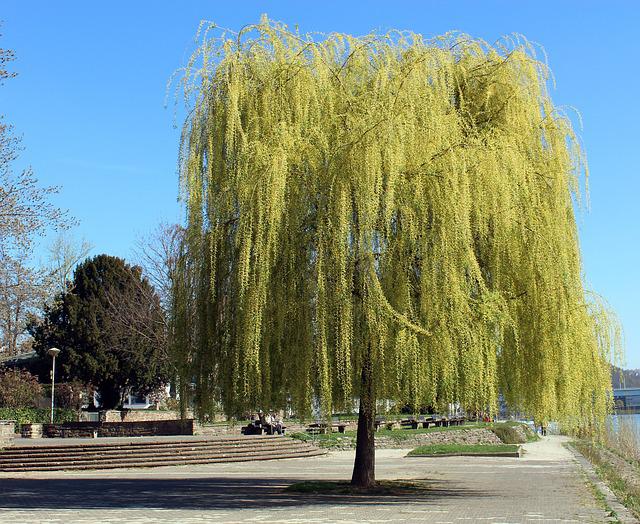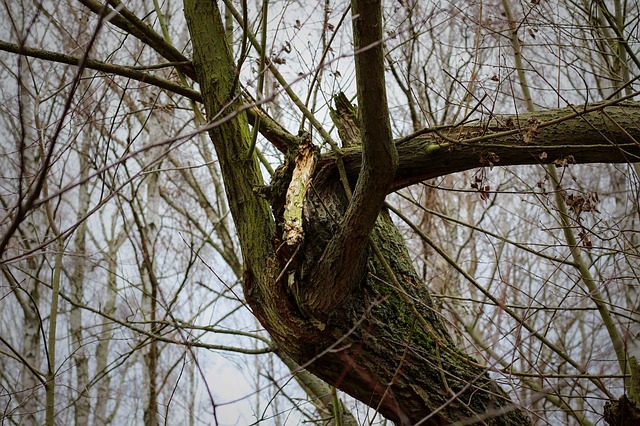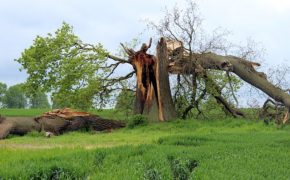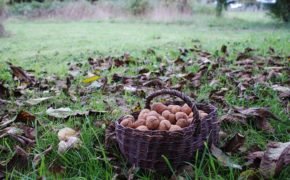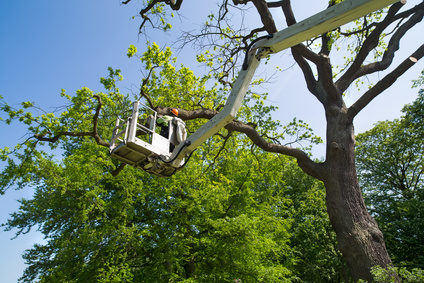
Get a quick no obligation quote It’s free and will only take a jiffy!
What Type of Tree Pruning Do I Need?
There are various types of tree pruning, and what you need is going to depend on what’s best for your individual tree, where it’s located, and what you are trying to achieve. Here we explain the different types of tree pruning, and provide advice on which is the best type of pruning to use in different situations.
Regular tree maintenance is essential if you’re going to keep your trees healthy, looking attractive and safe from hazards. However, there are various types of tree pruning, and it’s not always obvious which you’re going to need, or which will be most suitable for your particular tree and its situation. So, here we are going to share with you your tree pruning options, so that you can better understand how they work and what they do, and get a clearer idea of what your particular tree needs.
Crown reduction
Do you have trees with canopies that have grown particularly wide or high? Are the branches stretching out onto the public highway or into neighbours’ gardens? Perhaps the canopies have become so wide that they are blocking your light, or preventing your lawn or plants from growing underneath?
The answer in this scenario is crown reduction. This is a tree pruning process that involves reducing the canopy of the tree so that it looks attractive and well balanced, and so that it better fits its space. More light will get through, and your tree surgeon will ensure that the canopy of the tree no longer encroaches on the public highway, or over neighbouring gardens.
Crown reduction, when carried out professionally, will result in a healthier tree that will grow into a better shape naturally.
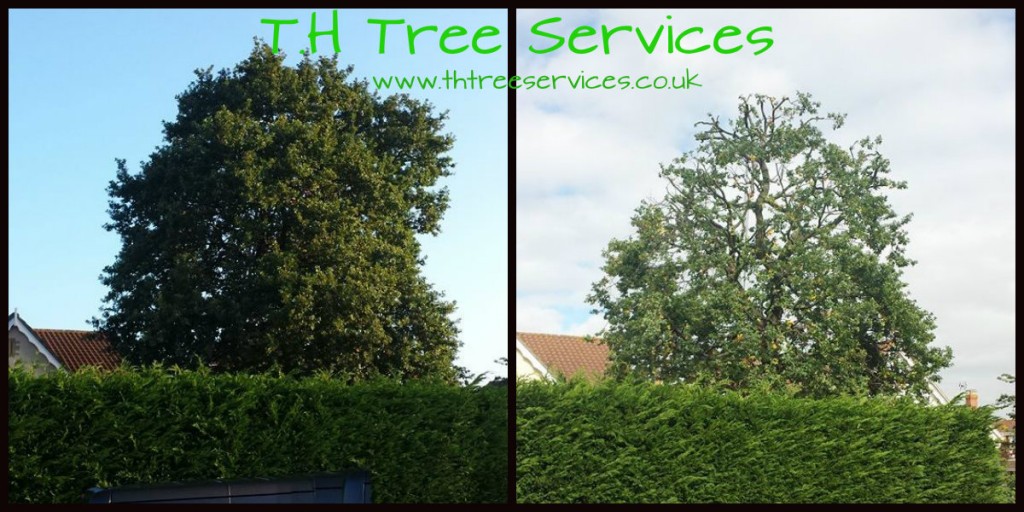
Crown lifting
Sometimes, the branches and canopy of a tree will start from low down on the trunk. This can result in the canopy being near to the ground, which on public land can be hazardous for pedestrians or vehicles, and in a garden, can mean you have to duck every time you walk past the tree.
Crown lifting involves taking out the lower branches of the tree, so that the canopy starts at a higher point. If you have a tree that’s getting in the way of your pathways, crown lifting is the ideal solution. The tree appears neater, and you can walk underneath it without ducking.
Crown thinning
Some species of trees tend to be prone to developing thick, bushy canopies. This can cause issues with light penetration, which can see your property lacking light, or your plants or lawn suffering because they are not getting the light they need to thrive.
Trees with dense canopies can be hazardous, as they can hide deadwood, which can fall without warning, potentially causing damage to property and injury to passers-by. What’s more, a dense canopy acts as a brick wall against high winds. So, instead of the wind passing through, it hits the tree hard, which can in some situations knock it over.
Crown thinning helps strengthen trees by letting light and wind flow through. Better air flow around a tree’s canopy is healthy. This form of tree pruning involves thinning out foliage and removing the heavier branches, so that the tree is more balance, and new, stronger growth is encouraged.
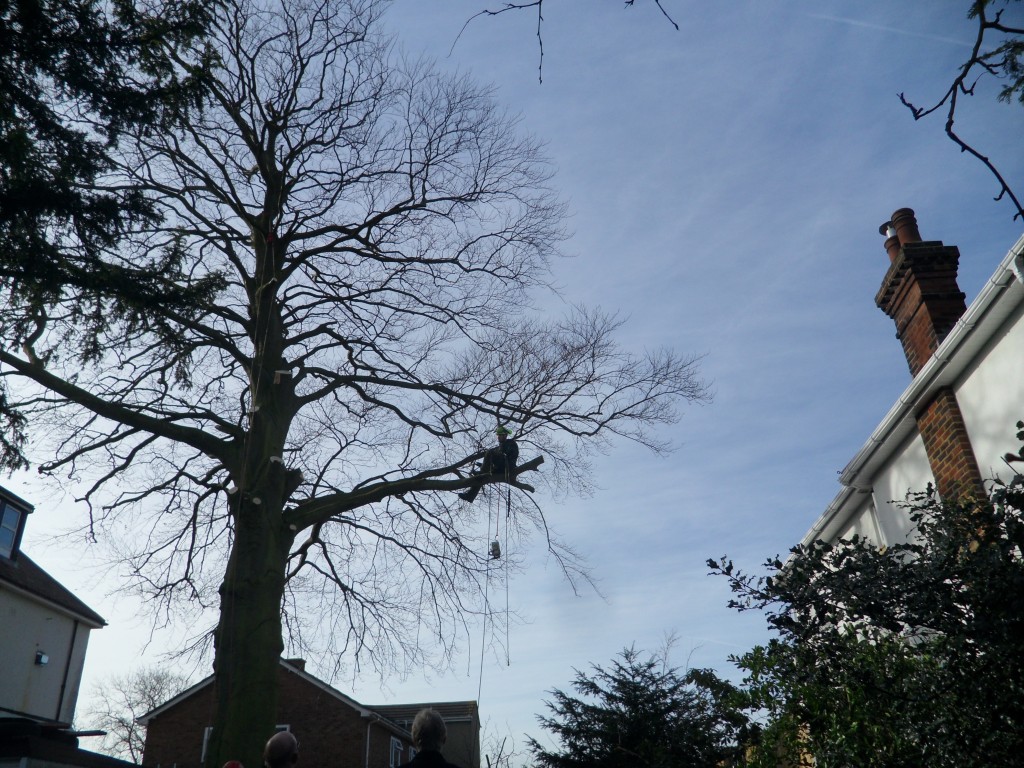
Tree pollarding
For residential garden trees, pollarding isn’t widely recommended. However, for roadside trees where a wide canopy can interfere with traffic or overhead cables, this method of tree pruning can work well.
Tree pollarding is quite a drastic measure, removing all the upper branches and crown of the tree, leaving only the main trunk and a few primary branches intact. If you want to retain a tree, but need to keep it within certain size constraints, tree surgeons will usually recommend pollarding.
Once pollarded, a tree will grow slowly, making it ideal for roadside locations.
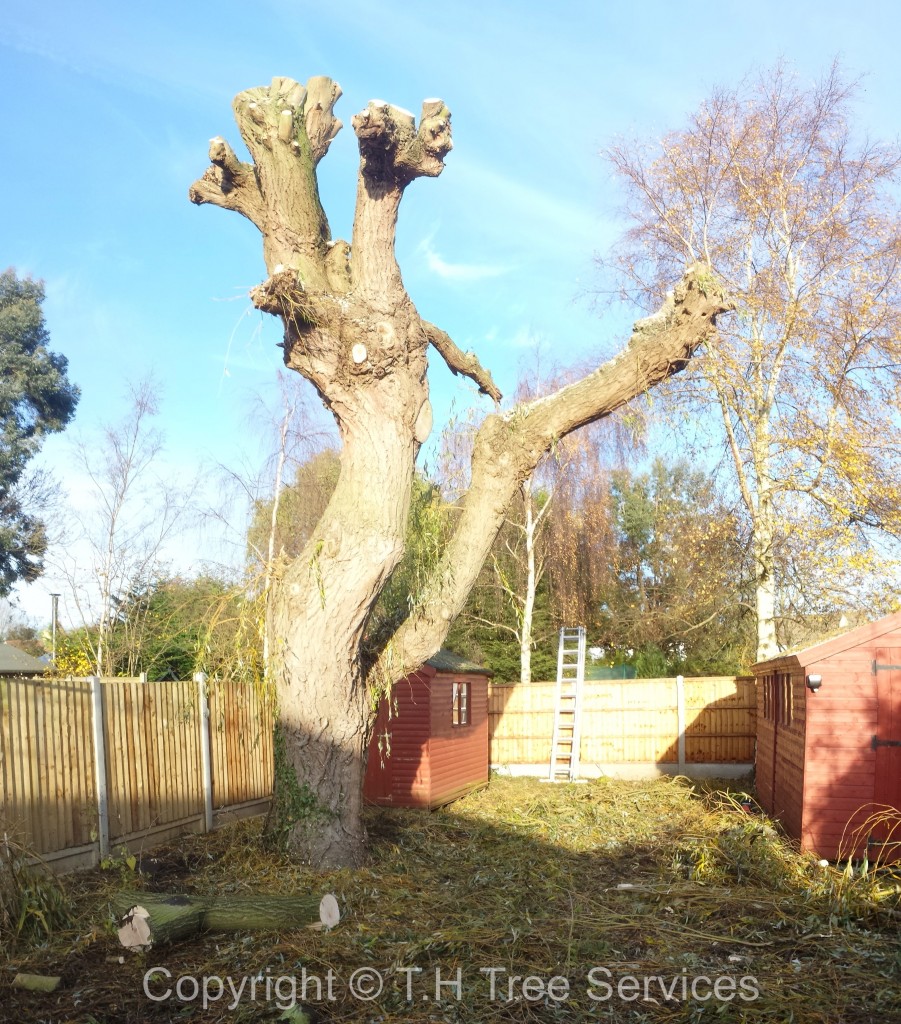
Dead wood pruning
If your tree has been exposed to high winds or storms, it is vital that you check it for deadwood, as well as other issues such as broken, weak and hanging branches, cracks and split trunks. Check out our guide to how to check your trees after a storm for more information.
Dead wood pruning is important and should be carried out regularly. Dead wood is produced naturally as a tree grows. It doesn’t mean there is anything wrong with the tree, although in some cases it can be a sign of decay, but you will need to remove the dead branches, because they can potentially fall without warning. This is important anywhere, but especially on public land.
A regular check for dead wood is a good idea. Look out for hanging, loose or cracked branches, and listen for creaking. If you detect anything like this, call in a qualified tree surgeon.
Need tree pruning in Essex? TH Trees is at your service.
Whatever type of tree pruning you need, it is always recommended that you engage the services of a qualified tree surgeon. With years of experience and training, tree surgeons know exactly which method of tree pruning will best suit your particular tree and its surroundings. Their goal is to promote healthy tree growth, ensure trees are safe, and make them look their visual best.
Need professional assistance in tree pruning? At TH Trees, our highly experienced, fully qualified, helpful are ready to help. For personalised assistance, you are welcome to get in touch.
Amazing service from Mark and his team. We had a problem with Bamboo that had spread from a neighbours garden. Mark kept us informed with regular phone calls and images of how the work was progressing, as we were not present the house. 1st class job and a pleasure to do business with this company.
Thank you Colin and Gillian for your kind review. It was a pleasure to be able to clear the bamboo for you.

